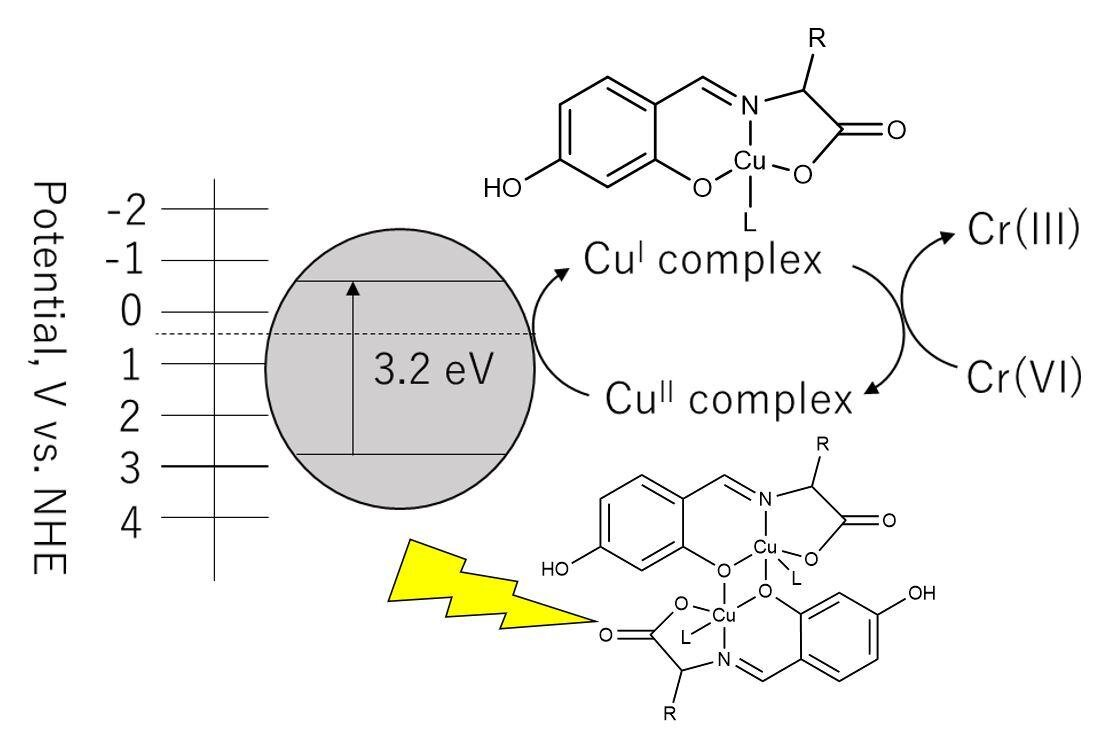

The average chromium-6 level of all 35 cities was 0.18 ppb, with samples from the city of Norman, Oklahoma registering the highest at 12.9 ppb. cities, where previous testing by local utilities had shown high levels of “total chromium,” a measure that includes chromium-3, an essential nutrient for human glucose metabolism. More recently, EWG commissioned laboratory tests of tap water from 35 U.S. Brown-shaded areas represent population-adjusted average concentrations of total chromium by county, calculated from EWG’s national tap water database. Red dots indicate EWG’s test sites and measured hexavalent chromium concentrations in parts per billion (ppb). The company had hired consultants to produce sham research to obscure the link between the chromium-6 and elevated cancer rates, but, in the end, the residents of Hinkley-where chromium-6 concentrations reached as high as 580 parts per billion (ppb), with natural background levels of 1.19 to 3.09 ppb-were awarded a $333 million settlement in 1996.ĮWG commissioned testing for chromium-6 in tap water from 35 U.S. The compound, also known as hexavalent chromium, is best known from the 2000 biographical film Erin Brockovich, starring Julia Roberts.īrockovich helped to wage a class-action lawsuit against Pacific Gas & Electric Company for contaminating groundwater in Hinkley, California. It is also used to tan leather and prevent corrosion. The Environmental Working Group (EWG) estimated that 74 million Americans in 42 states drink chromium-polluted tap water, much of which is likely the cancer-causing chromium-6 form.Ĭhromium-6 comes from industrial processes used to manufacture pigments, dyes and chrome plating, in addition to commonly being discharged from steel and pulp mills. metropolitan areas was found to have higher-than-recommended levels of chromium-6, a known carcinogenic compound that is not regulated by any state or national agency, according to a study released this week by a public health research and lobbying organization. cities have higher levels of hexavalent chromium, a carcinogen, in their drinking water than is recommended. ‡MCL (maximum contaminant level) enforceable level for drinking water.Many U.S. †PEL (permissible exposure limit): highest level of chromium in air, to which a worker may be exposed, averaged over an 8-hour workday. *TWA (time-weighted average): TWA concentration for a normal workday and a 40-hour workweek to which nearly all workers may be repeatedly exposed.

Regulation current MCL‡ for total chromium PEL for chromium metal and insoluble compounds (8-hour TWA)Ĭhromium is listed as a hazardous pollutant PEL for Cr(II) and Cr(III) compounds (8-hour TWA) Regulation PEL† for chromic acid and chromates, (8-hour TWA) Occupational Safety and Health Administration National Institute for Occupational Safety and HealthĪdvisory TWA (10-hour) for chromic acid and all Cr(VI) compoundsĪdvisory TWA (10-hour) for chromium metal and Cr(II) and Cr(III) compounds TWA for chromium metal and Cr(III) compounds Regulations and Guidelines for Chromium AgencyĪmerican Conference of Governmental Industrial HygienistsĪdvisory TWA* to avoid carcinogenic risk from insoluble Cr(VI) compounds On the basis of current evidence, NIOSH considers all Cr(VI) compounds potential occupational carcinogens. For chromium metal and Cr (II) and Cr(III) compounds, the recommended exposure limit is 500 µg/m³ as an 10-hour TWA. The National Institute for Occupational Safety and Health (NIOSH) has recommended a 10-hour TWA exposure limit for all Cr(VI) compounds of 1 µg Cr(VI)/m³. For chromium metal and for insoluble compounds, the PEL is 1,000 µg Cr/m³. įor Cr(II) and Cr(III) compounds, the PEL is an 8-hour TWA of 500 µg Cr/m³. start-up dates that include four years for the implementation of engineering controls to meet the PEL.preferred exposure control methods, including a compliance alternative for a small sector for which the new PEL is infeasible,.requirements for exposure determination,.The final rule also contains ancillary provisions for worker protection such as The record also indicates that occupational exposure to Cr(VI) may result in asthma and damage to the nasal epithelia and skin. The evidence in the record for this rulemaking indicates that workers exposed to Cr(VI) are at an increased risk of developing lung cancer. OSHA’s standard is based upon the best evidence currently available that at the previous PEL for Cr(VI), workers face a significant risk to material impairment of their health. This is a considerable reduction from the previous permissible exposure limit (PEL) of 52 µg/m³. The Occupational Safety and Health Administration (OSHA) has established an 8-hour time-weighted average (TWA) exposure limit of 5 micrograms of Cr(VI) per cubic meter of air (5 µg/m³).


 0 kommentar(er)
0 kommentar(er)
